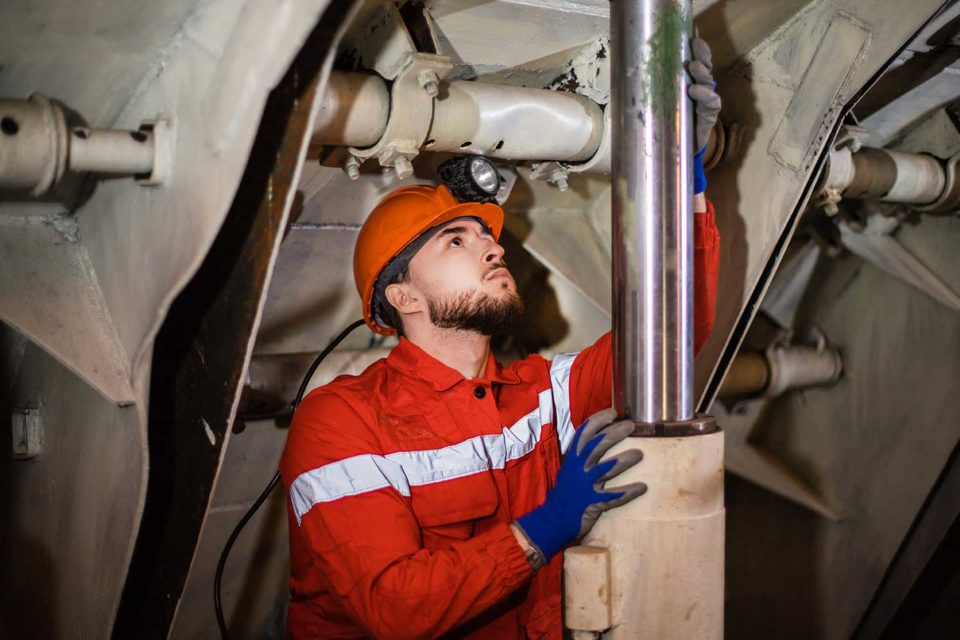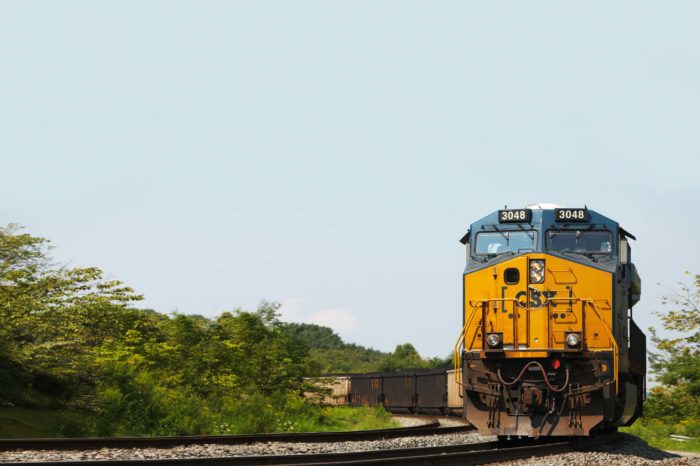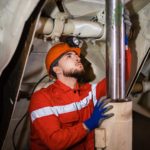Mine Training – As Real as it Gets

By T.L. Headley, American Coal Council
Al Lardieri, a roof bolter with Greenbrier Minerals, has been a member of the Central Appalachian Mine Rescue Team for the past four years. Prior to his mining career, Lardieri was a sergeant in an armored unit of the U.S. Army. Lardieri said he loves being part of a mine rescue team. In many ways, it reminds him of his time in the military.
“The sense of camaraderie is the same” Lardieri said. “The way we all have to work together and trust in each other to get a job done. That’s the reason I joined the rescue team and it’s the reason you’ll find a lot of veterans who now work in the coal industry get involved in mine rescue teams. It really gives you a sense of accomplishment when you help someone who needs it.”
“Recently, our local mine team got a call about a machine operator who had been found unconscious and unresponsive lying beside his machine. We responded, and found him in cardiac arrest. We quickly began CPR and loaded the patient on a backboard where he was secured. CPR with oxygen was continued as they exited the mine and transported the patient to an aeromedical unit already waiting to take him to the hospital. We did it in 29 minutes.”
This shows the capacity of a mine rescue team to quickly address the issues faced in mining.
Lardieri said ongoing training plays a vital role in building this capability.
Initial Certification
Training is an integral part of every miner’s career. From the decision to become a miner until the last day on the job, training is part of the routine.
The Mine Safety and Health Administration (MSHA) requires 24 hours of training for every new coal miner. All coal miners, regardless of experience level, are required to complete eight hours of refresher training every year.
Additionally, states have their own training requirements for new coal miners. These state requirements run concurrent to federal requirements for the first 24 hours with any remaining hours required in addition to federal hours.
In West Virginia, prospective coal miners must attend an initial certification program, which is 40 hours of training for a surface certification and 80 hours for an underground certification. Trainees must then pass a written examination. Once on the job, they are considered a “red hat” – or an inexperienced miner – for the first 108 shifts of work. After that, they become a “black hat” – or a fully certified miner.
A prospective miner in Pennsylvania requires 40 hours of red hat training. Of that, 32 hours are spent in training focusing on basic mining hazard awareness.
In Kentucky, new miners must have 24 hours of training and pass a written exam to be eligible for employment at a surface mine or 40 hours of training and pass the exam for underground certification. An inexperienced miner must work a minimum of 45 days at a surface mine before becoming a certified experienced miner.
Wyoming requires a new miner trainee to undergo 24 hours of training prior to their first day of work. The differences in state training requirements can limit the transferability of coal miner permits from one state to another. Some, but not all, states have reciprocity agreements in place.
Initial certification training is offered in a variety of locations. For example, West Virginia has literally dozens of MSHA-certified, independent providers across the state.
National Mine Health and Safety Academy
Beyond the initial training, MSHA, states and other organizations provide various training programs, from advanced skills training for mine management, basic mine safety and specialized training for mine rescue teams.
The National Mine Health and Safety Academy operated by MSHA in Beaver, West Virginia, is the world’s largest institution devoted to health and safety in mining.
It is a central training facility for federal mine safety and health inspectors, mine safety professionals, other government agencies, the mining industry including coal and non-coal, and labor. The facility includes a 48,000 square foot Mine Simulation Laboratory. Training at the Academy ranges from the technical aspects of mine inspection to accident prevention, investigations, industrial hygiene, mine emergency procedures, mining technology and more.
“Mine safety training has developed, expanded and improved since the National Mine Health and Safety Academy first opened its doors, but the underlying goal remains constant: prevent death, injury and illness by ensuring miners know how to recognize and avoid safety and health hazards,” an MSHA spokesman said.
Seminars, workshops and conferences are offered during the year, both at the Academy and at locations throughout the country. Many courses provide certification or qualification to people who take mandated examinations. Lardieri received his mine rescue training through an MSHA-conducted program onsite at the mine. Information about mining training opportunities can be obtained from MSHA or state coal associations.
The Rocky Mountain Coal Mining Institute
Mine health and safety training is a focus of the Rocky Mountain Coal Mining Institute (RMCMI), a nonprofit organization promoting western coal through education. Each year, the organization offers mine rescue safety training and evaluation in conjunction with its annual conference. This includes a “mine rescue rodeo”.
“What we do is a little different,” said Judy Colgan, executive director of RMCMI. “It isn’t really a mine rescue competition, but a learning opportunity,” Colgan said between eight and 14 coal mine rescue teams from around the country participate in the event annually.
“The first day they go through different mine rescue scenarios along with trainers and the following day they go through them again without assistance,” Colgan said. In addition to the mine rescue rodeo, attendees can take other health and safety classes. Additional information about RMCMI is available at http://www.rmcmi.org/.
Lessons Learned
Lardieri said if there is one thing he’d like to make sure new miners – and experienced miners, for that matter – understand is to take their training seriously.
“This job, like any industrial job, has some built-in dangers,” he said. There’s a lot of moving equipment – often in tight spaces. There are high voltage power lines, and there’s always the potential for a roof-fall or for someone to simply fall because they weren’t paying attention.
“We have to take all our training seriously, because even the best rescue teams are often minutes or hours away,” he said. “So, we are all given basic first aid and emergency response training. We have to depend on each other.”








